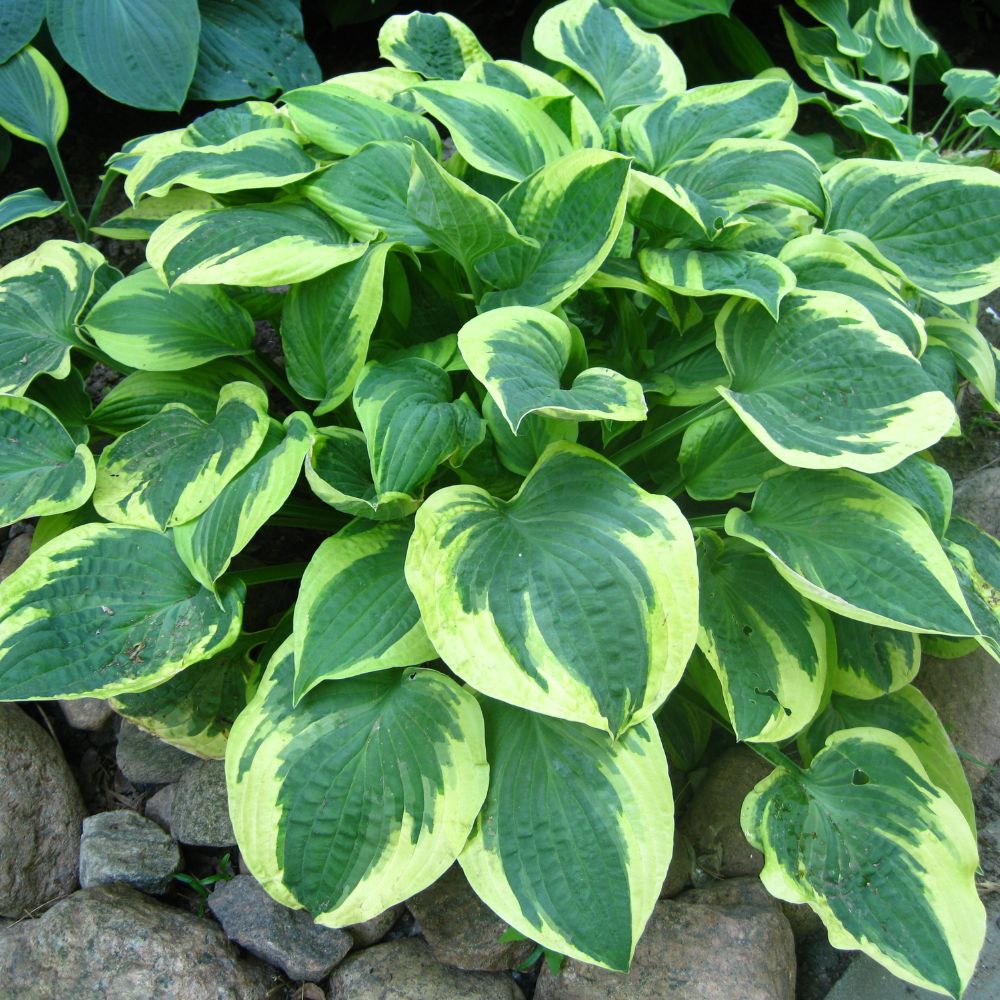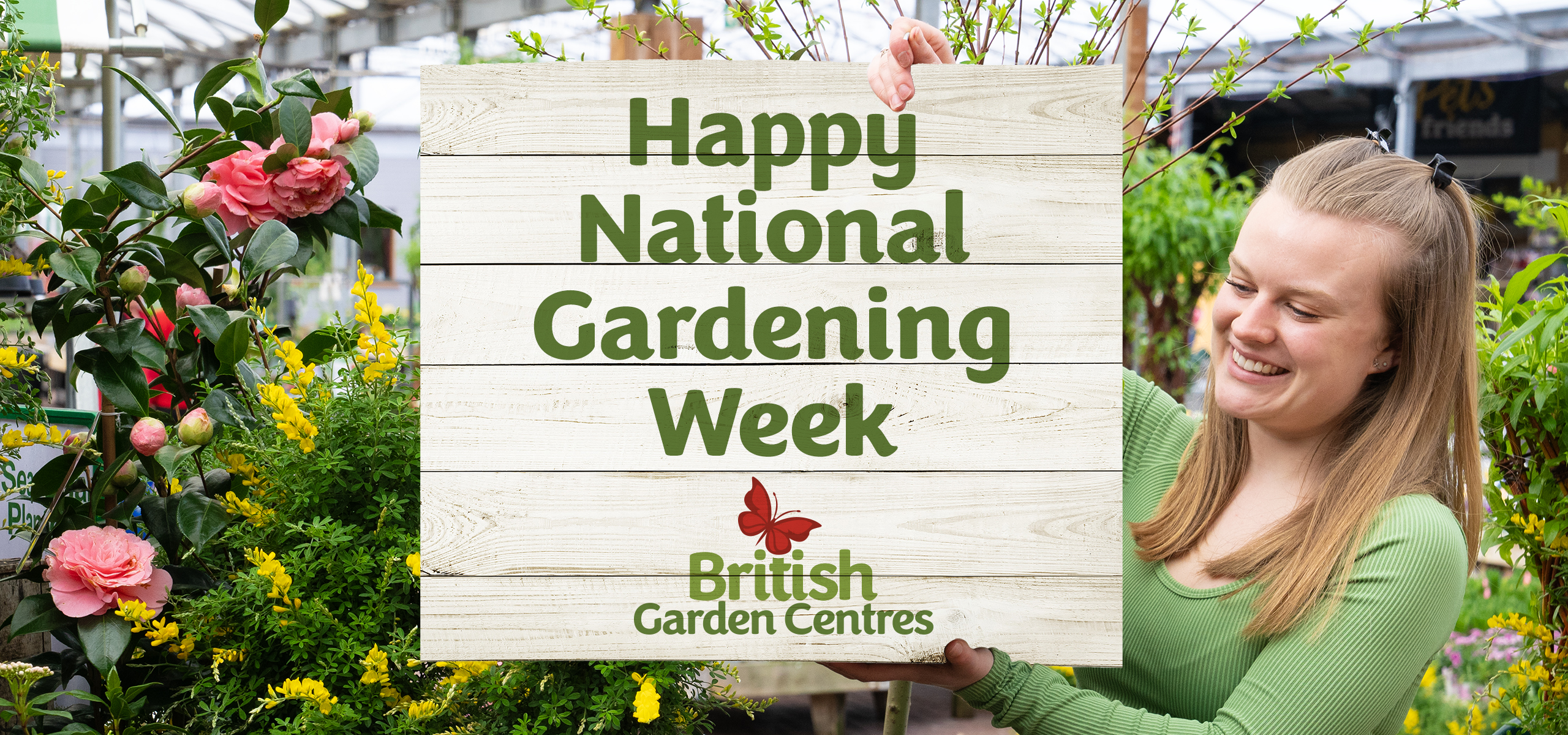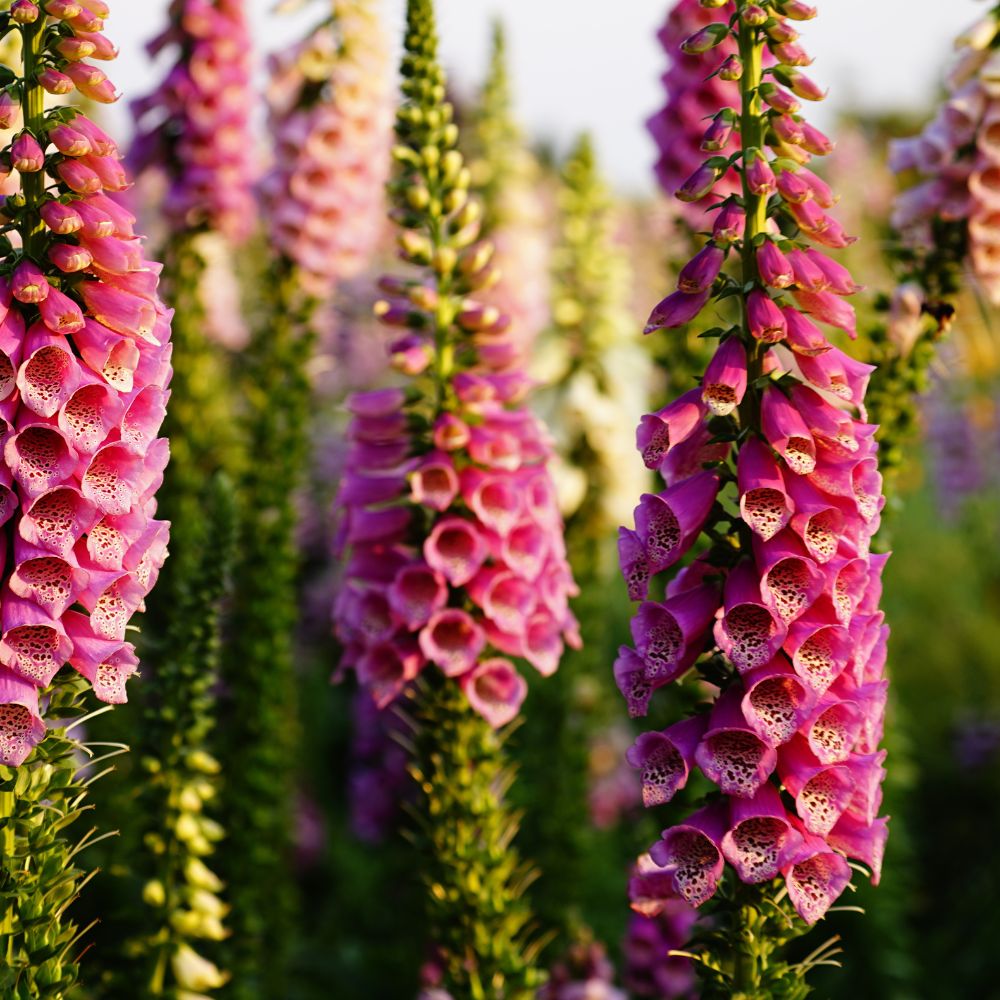National Gardening Week – “Knowledge is Flower” – Gardening terminology made easy
Embarking on a gardening journey can be both exciting and overwhelming, especially when faced with a plethora of unfamiliar terms. The RHS’ National Gardening Week takes place from 29 April–5 May 2024, with the theme “Knowledge is Flower” which aims to demystify gardening and inspire more people, particularly the next generation into the hobby.
The British Garden Centres team delve into the world of gardening terminology, explaining the common jargon used to help you cultivate your green thumb with confidence.
Annual
An annual plant completes its life cycle within one growing season. This means that it sprouts from a seed, grows, flowers, produces seeds, and then dies, all within a year. Think garden centre bedding favourites like marigolds, petunias, pansies, sunflowers, and antirrhinum. Grow your own including peas, beans, and tomatoes. These plants can offer instant impact but will need to be bought again the following year.
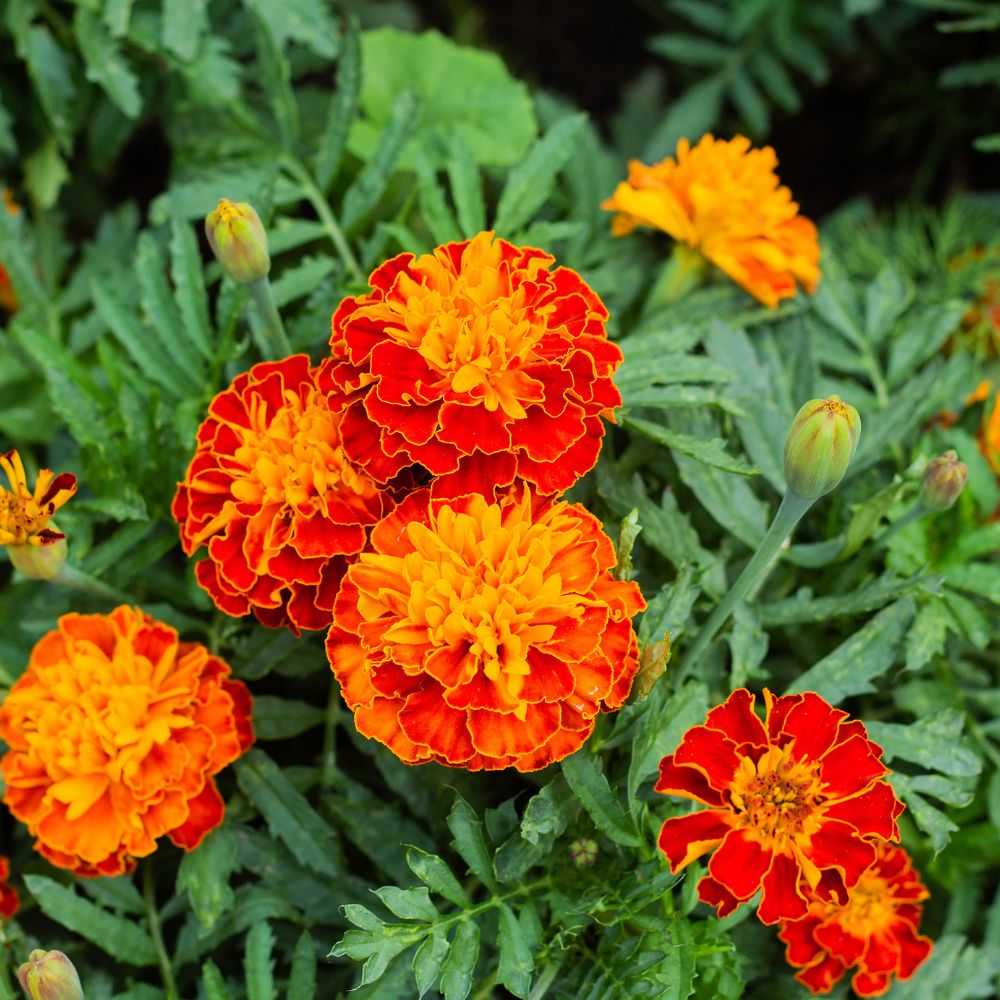
Biennial
Biennial plants have a two-year life cycle. During the first year, the biennial plant typically produces a rosette of leaves close to the ground and stores energy in its roots or stems. In the second year, the plant develops a flowering stalk, produces flowers, sets seeds, and then dies. After the seeds are dispersed, the life cycle begins again with new seedlings sprouting the following year. Foxgloves and hollyhocks are biennials.
Deadheading
Plants with multiple blooms need to be deadheaded, which means you remove the dead flower from the plant. This redirects its energy from seed production towards producing new flowers, prolonging the blooming period. This encourages helps to keep the plant looking tidy and prevents it from appearing unkempt. Good examples of this are geraniums hydrangeas and roses.
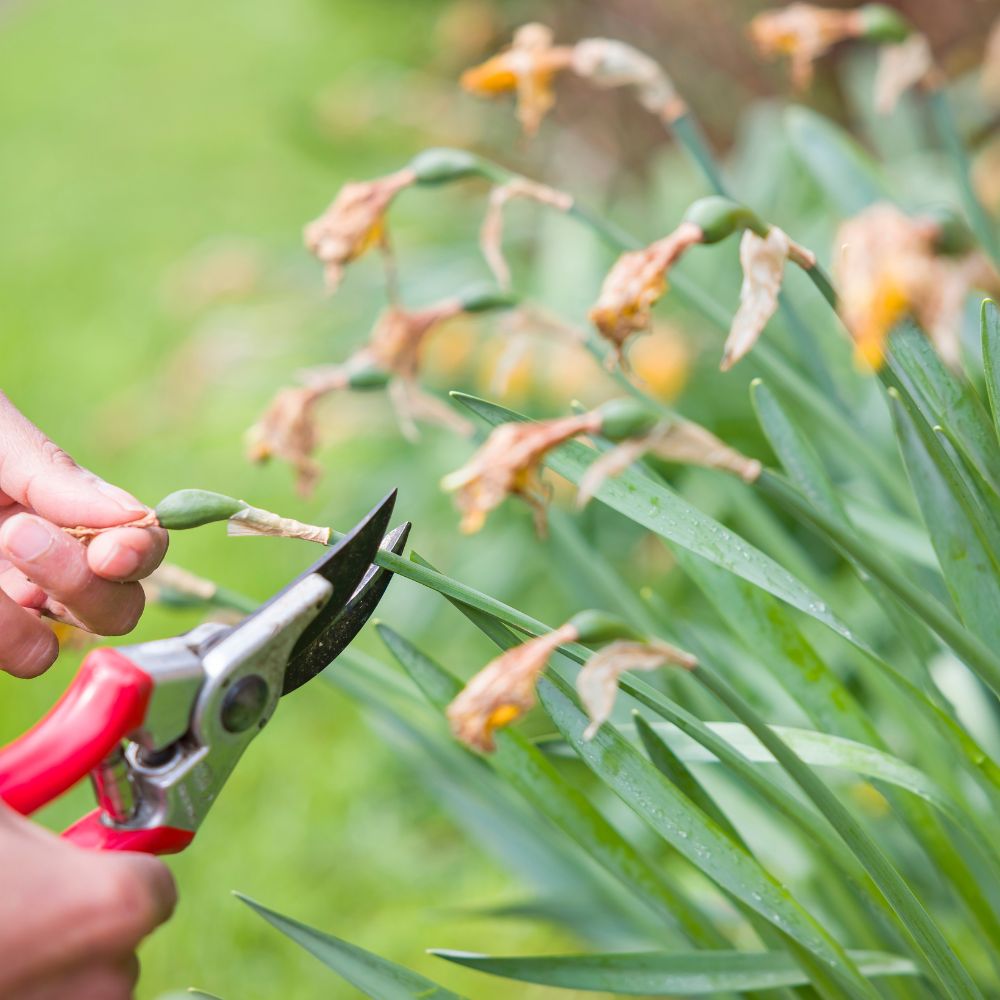
Dividing
This simply means dividing plants allows you to create new plants from existing ones next season. Dividing these plants helps to rejuvenate them by reducing crowding, improving air circulation, and stimulating new growth. This is a cost-effective way to expand your garden or share plants with family and friends. This is mostly done in autumn to plants such as snowdrops, heucheras, hostas and daylilies, as well as ornamental grasses, tulips, lilies, and primulas.
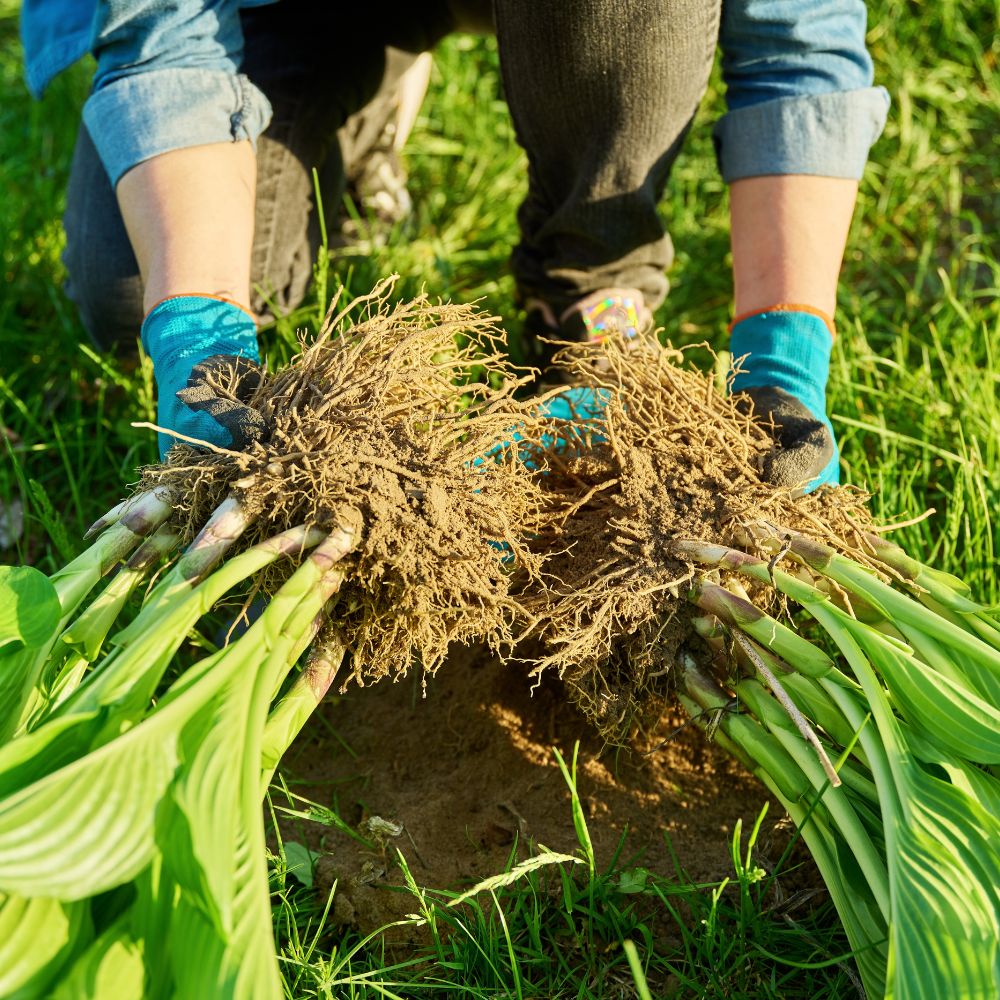
Ericaceous
A type of plant that prefers acidic soil. Ericaceous plants typically thrive in soils with a pH level below 7. They often struggle in alkaline soils, where the pH is higher. Gardeners who grow ericaceous plants often need to amend their soil to make it more acidic or grow these plants in containers filled with ericaceous compost. Examples include rhododendrons, azaleas, heather and blueberries.
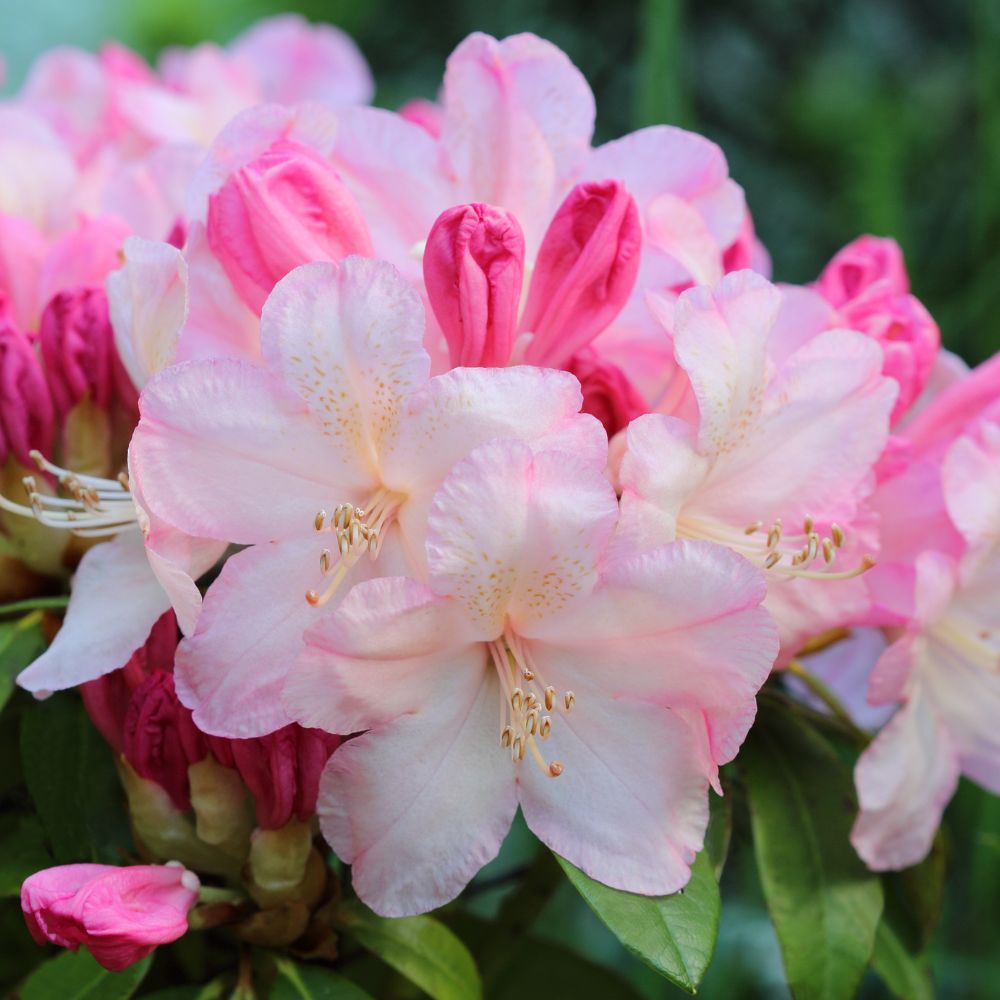
Hardening off
Acclimatising plants that have been grown indoors, inside a greenhouse or under protection to outside weather conditions. This helps to prevent transplant shock and prepares the young plants for growth outdoors. By gradually exposing them to outdoor conditions, you help the plants develop stronger stems, thicker foliage, and better resistance to environmental stress ultimately improving their chances of survival and success in the garden.
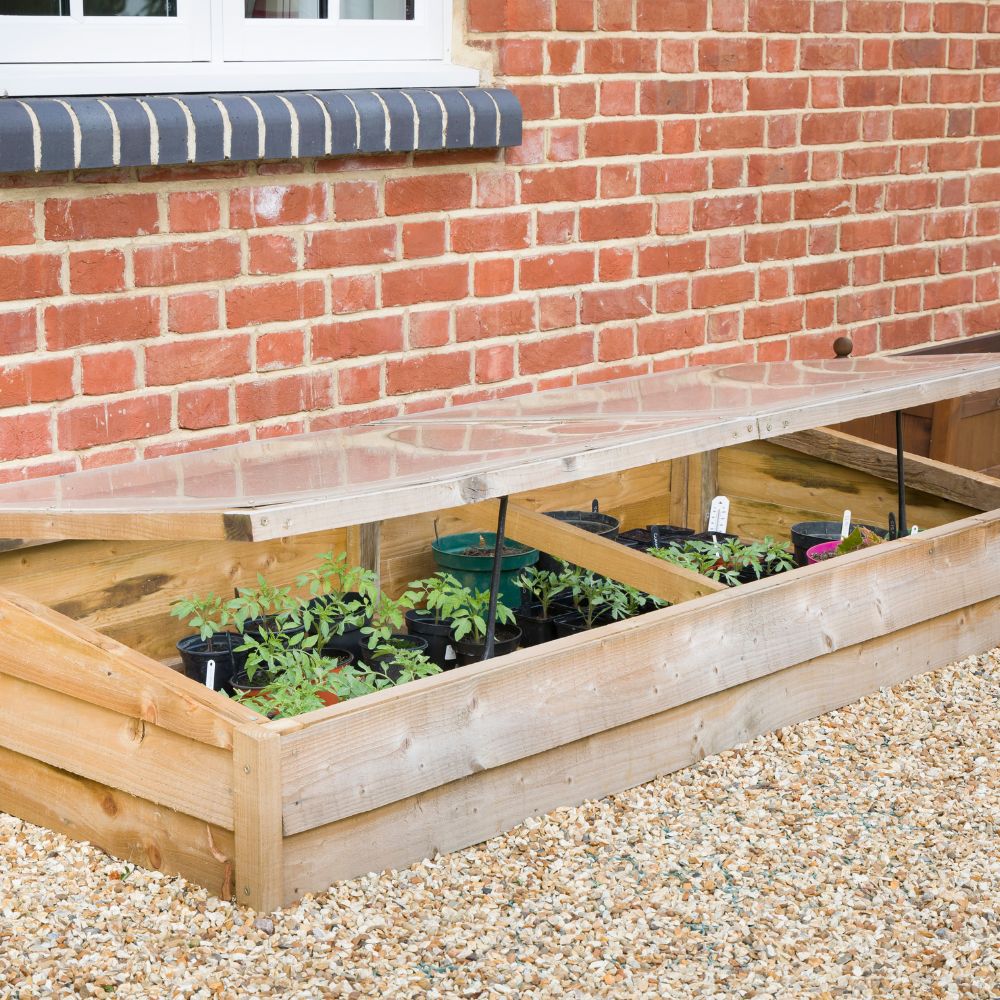
Mulching
Mulch is material that covers the soil, inhibits the growth of weeds, and boosts nutrients whilst holding in moisture and warmth. It is a low-maintenance and effective way to prevent weed growth, nourish soil, and fertilise plants. It can also reduce watering frequency and protect plants from frost. Biodegradable mulches like leaf mould, garden compost, and bark chippings work well, as do non-biodegradable options like slate, pebbles, seashells, and gravel
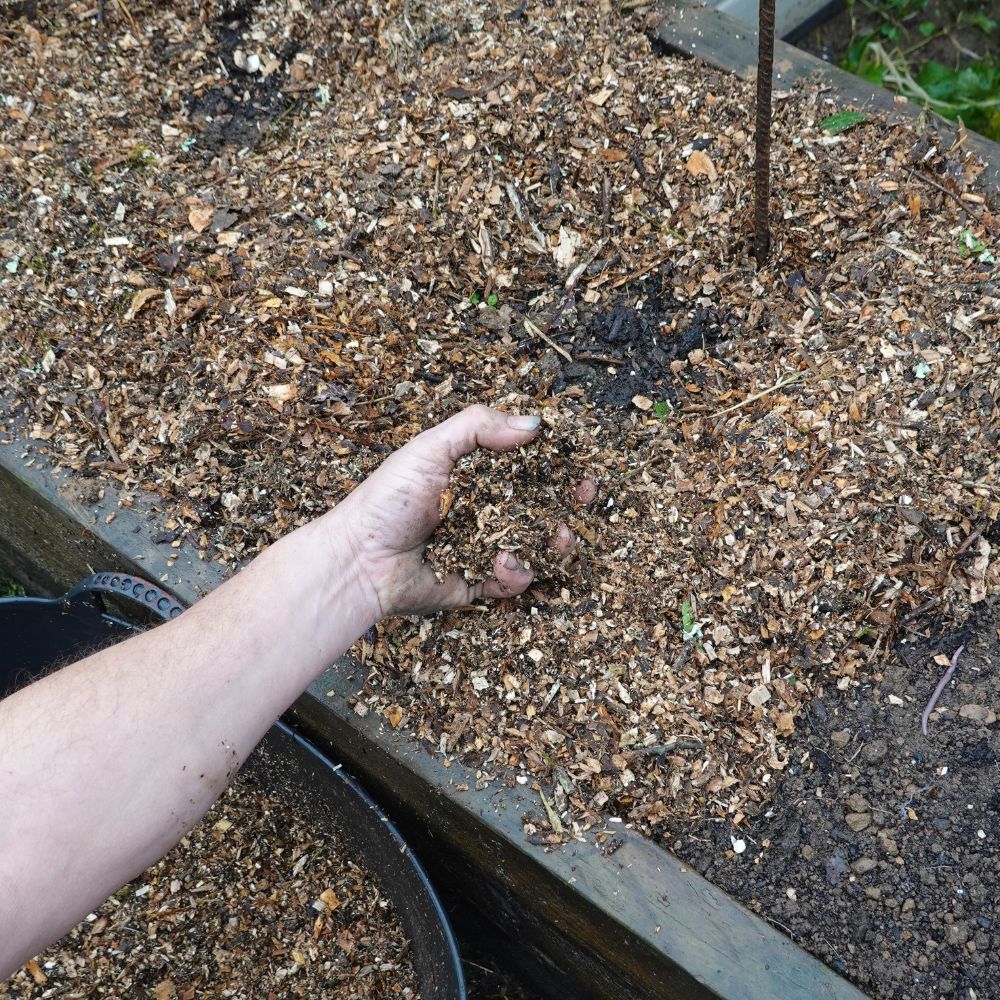
Perennial
A perennial plant lives for more than two years and comes back every growing season. Unlike annual plants, perennials continue to grow and bloom year after year, often going dormant during the winter months and regrowing in the spring. Some common examples of perennial plants include lavender, roses, irises, sedum, phlox and hostas.
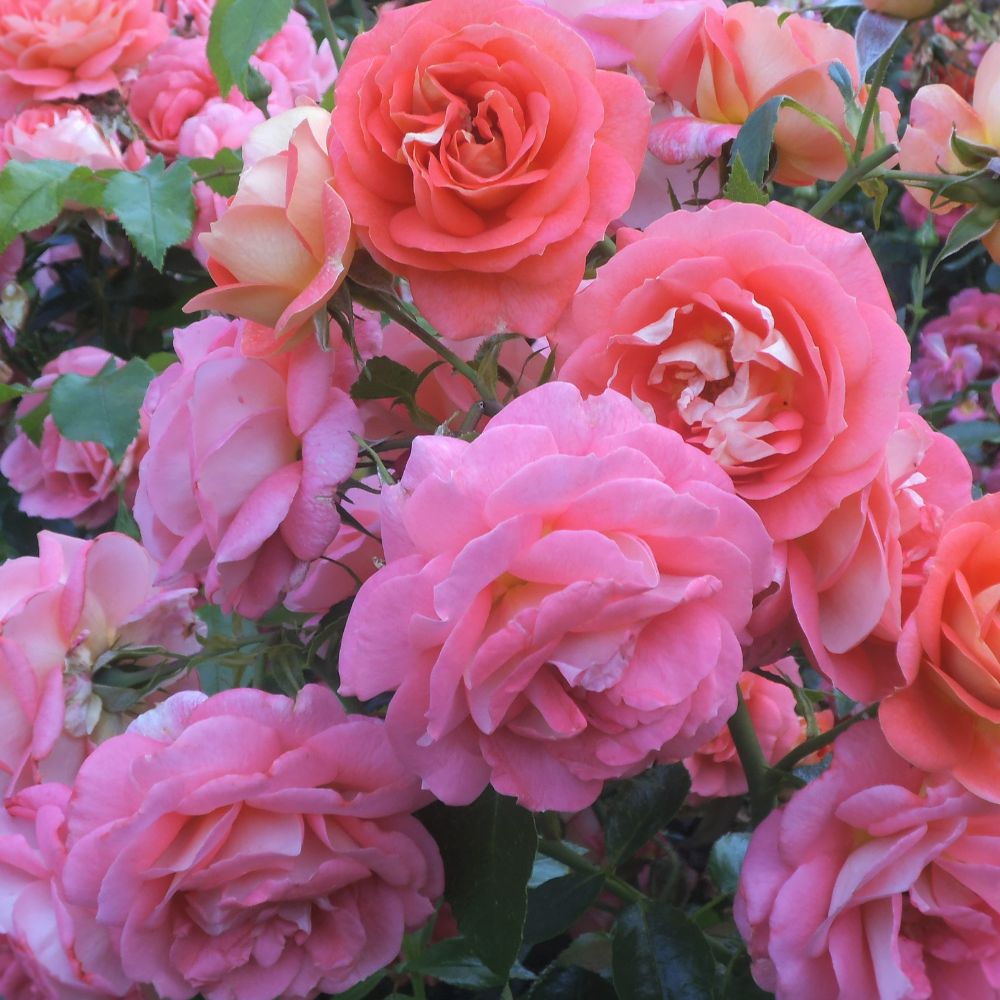
Rootbound
Used in container gardening or for houseplants, rootbound is when potted plants are confined to a pot for too long and their roots have nowhere to go. Signs include the plant noticeably outgrowing its pot with roots coming out the bottom and yellowing leaves. The best time to repot houseplants is typically in the spring, as this is when plants are entering their active growing season. We recommend from March to May as this provides time for the plants to recover from the stress of being reported, develop new roots and adjust to their new home.
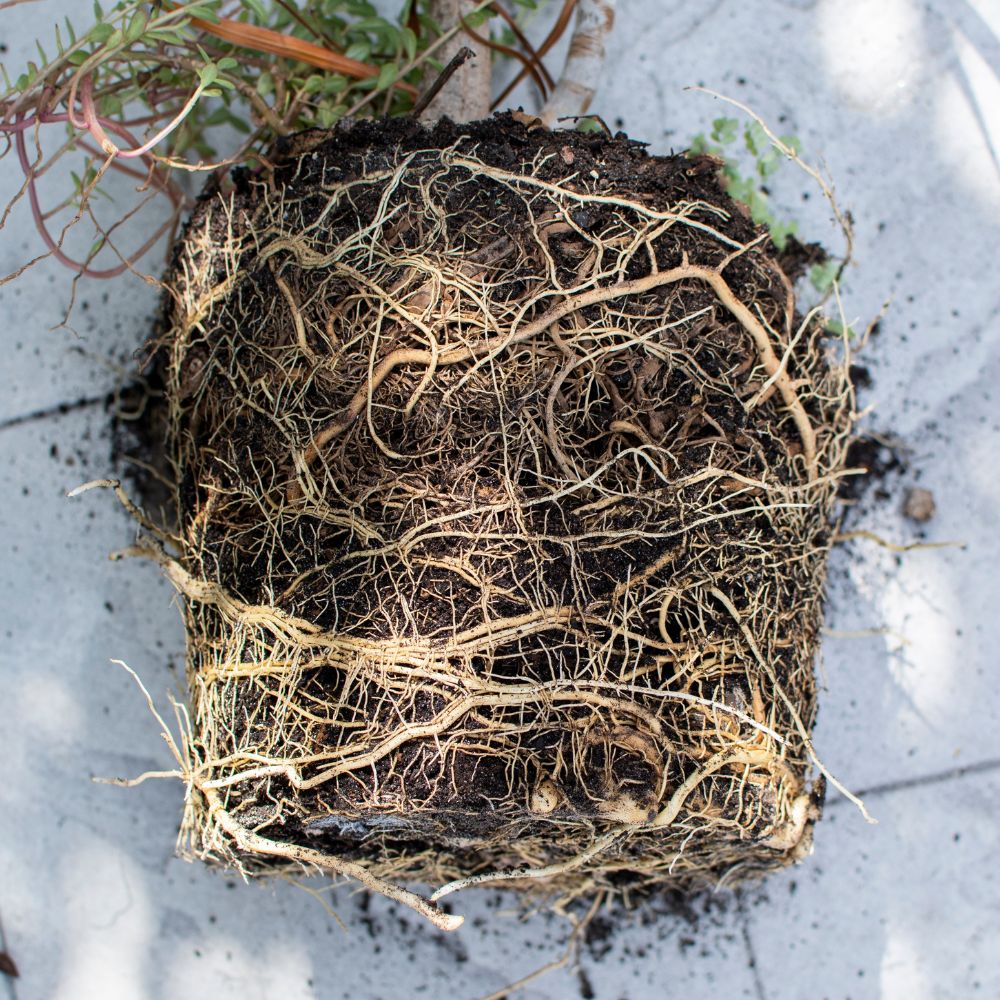
Thinning
This simply means removing seedlings when you have planted too many seeds in an area or pot. Each plant needs room and nutrients from the soil to grow healthy and strong, so overcrowding will result in seedlings competing for these. Thinning is typically done after seeds have germinated or seedlings have emerged and developed to achieve proper spacing between plants.
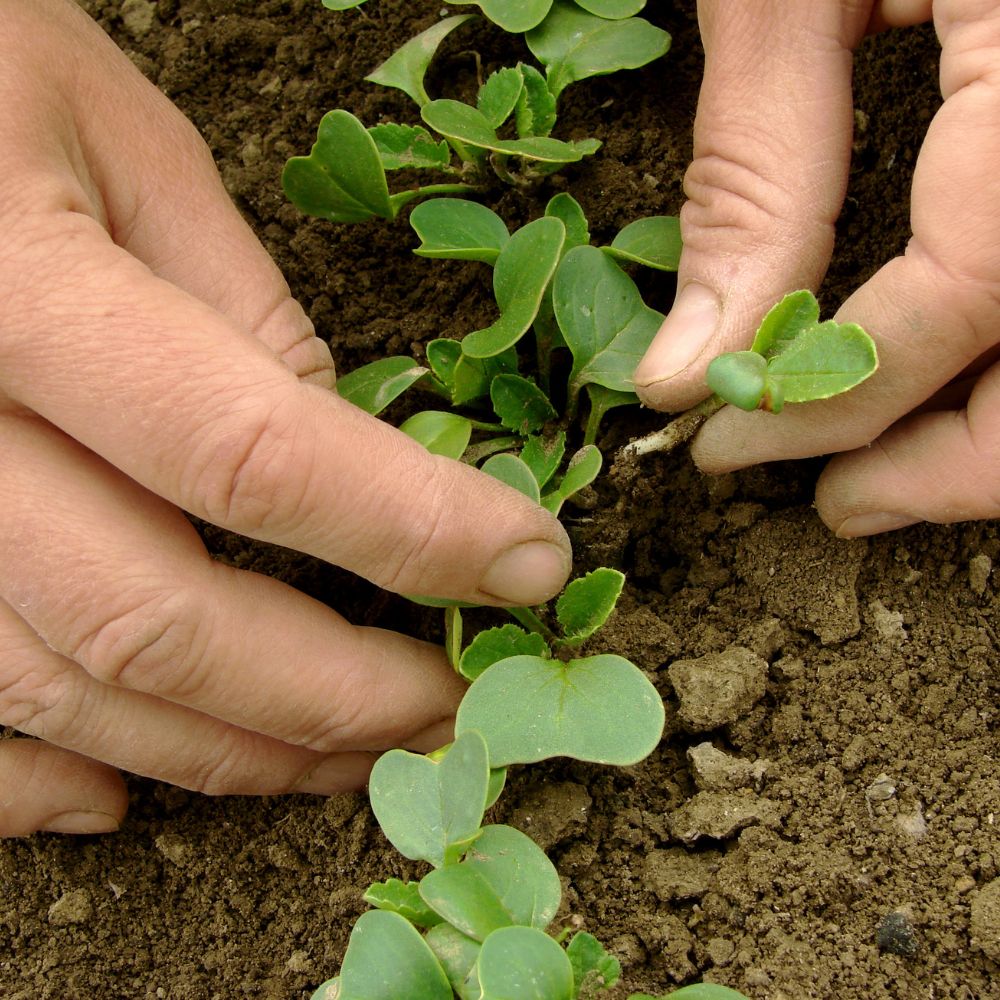
Variegated
This refers to plants with leaves that have more than one colour. The leaves are often mixtures of green, yellow, white, and cream. Examples include hostas, euphorbia and pothos, calathea, coleus and acers.
